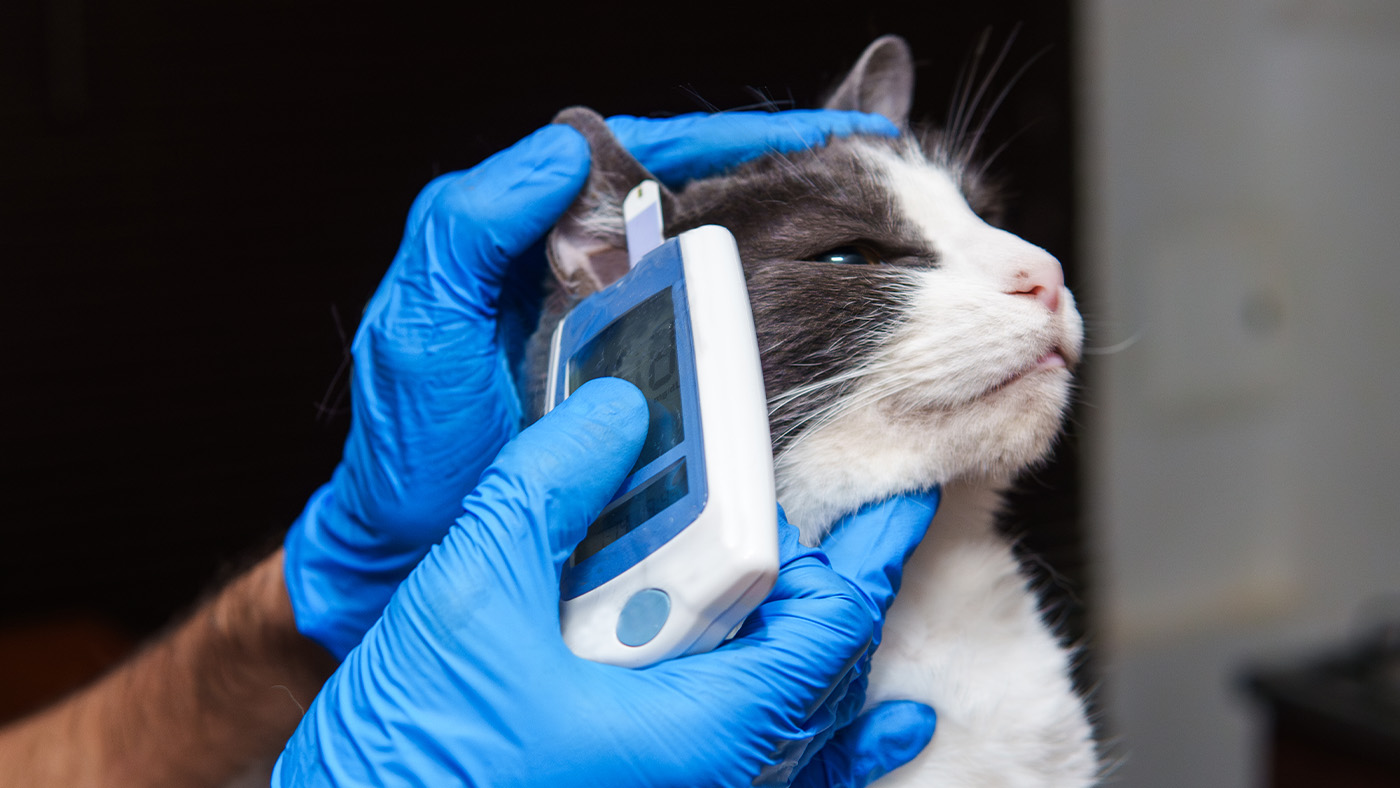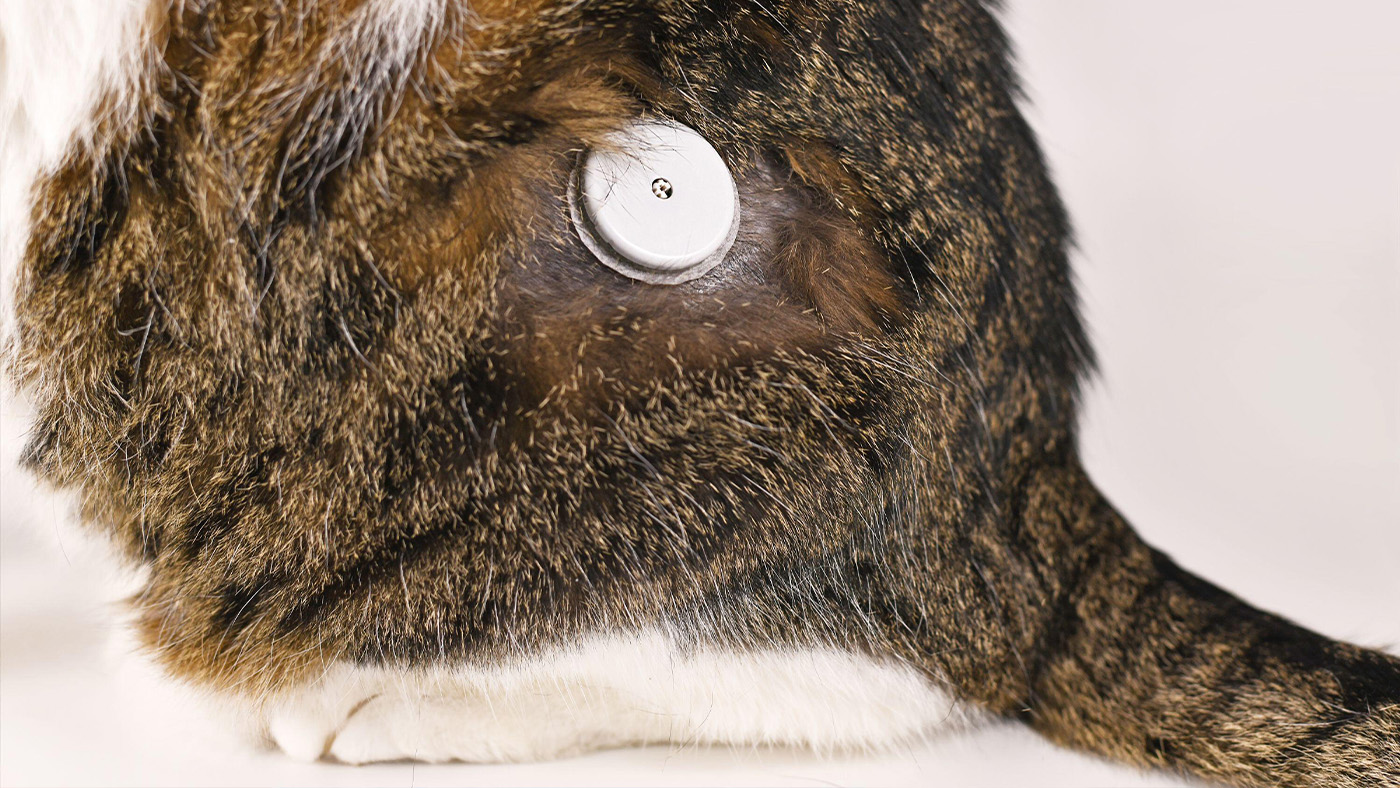Pet parents raise awareness of diabetes in cats: ‘I don't think anyone realizes the impact it has on your life’
Up to one in 100 cats have diabetes, but many cat owners don’t know what signs to look out for

If you were to list health conditions that affect cats, diabetes might not be near the top of your list. While it’s a relatively common condition for humans, with millions in the US alone affected, we don’t often think diabetes in cats.
However, it’s estimated that as many as one in 100 cats could have diabetes, requiring special diets and medication. Cat diabetes is reminiscent of Type 2 diabetes in humans, where the body either doesn’t produce enough insulin or doesn’t respond properly to the insulin produced.
That’s why some cat parents in the UK are raising awareness of the condition and how it can affect cats. Emma Damen’s cat, Woody, was diagnosed in 2023 after she noticed that he was drinking constantly and losing a lot of weight. She was unaware at the time that these are common signs a cat is diabetic.
"He lost all the muscles in his back legs – it was horrible to see – his legs were shaking," she told BBC News. “He had a blood test, and the vets called us back to say he had diabetes. I had never heard of diabetes in cats."
Damen, who described caring for Woody as a “full-time job”, was unable to insure Woody and so couldn’t claim back the cost of his medication, food, and blood tests, which cost up to £80 (more than $100) a month.
The cat mom, who lives in the town of Andover in the south of the UK, added, “I don't think anyone realizes the impact it does have on your life. I have to inject him twice a day at specific times, otherwise he will be poorly. I have my alarm on my smartwatch, so I don't miss it.”
Stacey Goddard, who lives in nearby Bishop’s Waltham, compared caring for her diabetic cat, Buddy, to “having three children,” but added: “He is family, so I wouldn't have it any other way.”
Get the best advice, tips and top tech for your beloved Pets
Buddy was adopted by Goddard in 2017 and diagnosed with diabetes a year later after she noticed that he was very lethargic, sleeping all day, and not eating much. He needs injections twice a day, keeps to a strict diet, and wears a monitor that monitors his sugar intake.

Among the most common symptoms of diabetes in cats are increased appetite, drinking a lot of water, increased urination, and weight loss.
In more advanced stages, cats can develop weakness in their rear, a form of diabetic neuropathy, and can become unwell with diabetic ketoacidosis, a metabolic condition. This can lead to vomiting, diarrhea, lack of appetite, lethargy, and death.
If you’re concerned that your cat may be showing signs of diabetes, speak to your vet. With the right care, your feline can still go on to live a happy, relatively healthy, life. For more advice and support, head to Diabetic Cat International’s website and the Feline Diabetes Support Group on Facebook.

Adam is a freelance journalist specialising in pets, music and culture, and mental health and wellbeing. He investigates and writes the large majority of news on PetsRadar, and collaborates with veterinary experts to produce informative pet care content.
Adam has a journalism degree from Southampton Solent University and a masters degree in Magazine Journalism from Cardiff University. He was previously senior editor at dog advice website DogTime.com, and has also written for The Independent, GoodToKnow and Healthline.
He owns two rescue cats, Bunny and Dougie, and has also previously had a rabbit, fish and Roborovski dwarf hamsters.
